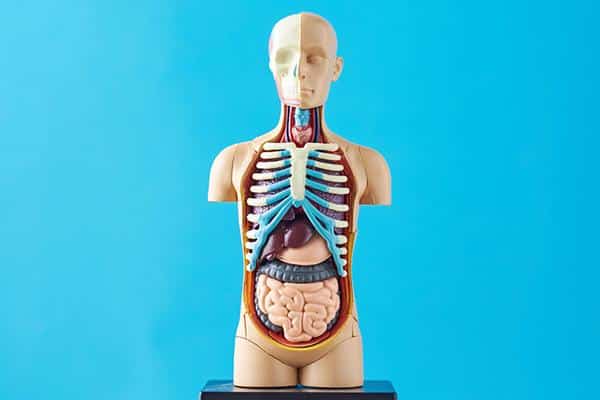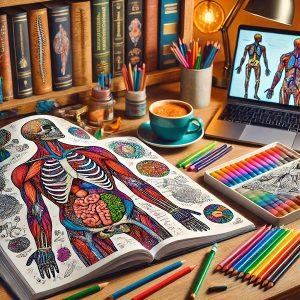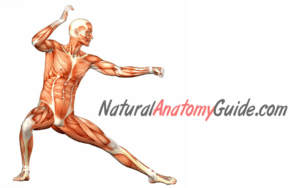
Precision Learning: Anatomical Model Benefits for Students
Understanding the human body is crucial for students in many fields, including medicine, biology, and physical education. Anatomical models serve as indispensable tools in this educational journey, providing a tangible and interactive way to study complex bodily structures. This article delves into the numerous benefits of using anatomical models for students and provides suggestions for incorporating these models into learning environments.

Enhanced Comprehension of Complex Structures
One of the primary advantages of anatomical models is their ability to simplify complex structures. Textbooks and two-dimensional diagrams can only convey so much detail, often leaving students struggling to visualize and understand the intricate relationships between different body parts. Anatomical models bridge this gap by providing a three-dimensional perspective, making it easier for students to grasp the spatial relationships and functions of various organs and systems.
Link to Anatomical Skeleton Model:
Full Body Human Skeleton Model
Interactive Learning Experience
Anatomical models offer a hands-on learning experience that is both engaging and effective. Students can physically manipulate the models, explore different angles, and gain a more profound understanding of human anatomy through tactile interaction. This kinesthetic learning approach is particularly beneficial for students who find it challenging to learn through traditional lecture-based methods.
Link to Muscle Anatomy Model:
Visual and Kinesthetic Reinforcement
For visual and kinesthetic learners, anatomical models are particularly valuable. They provide a visual aid that helps in memorizing and retaining information, while the ability to touch and handle the models reinforces learning through physical interaction. This dual reinforcement can significantly enhance a student’s ability to recall information during exams and practical applications.
Link to Brain Anatomy Model:
Practical Application in Medical Training
In medical education, anatomical models are crucial for training students to perform various procedures. For instance, models of the human skeleton, organs, and muscles allow medical students to practice surgical techniques, understand pathology, and study the effects of diseases on the human body. These models are often used in conjunction with other teaching tools, such as simulations and virtual reality, to provide a comprehensive learning experience.
Link to Organ Anatomy Model:
Improving Diagnostic Skills
For aspiring doctors and healthcare professionals, anatomical models can aid in developing diagnostic skills. By studying accurate representations of the human body, students can learn to identify abnormalities and understand their implications. This practical knowledge is essential for diagnosing conditions and planning appropriate treatments in real-life medical scenarios.
Link to Torso Anatomy Model:
Bridging the Gap Between Theory and Practice
Anatomical models serve as a bridge between theoretical knowledge and practical application. They allow students to apply what they have learned in textbooks to a physical representation of the human body. This connection helps solidify their understanding and prepares them for hands-on experiences in clinical settings.
Link to Heart Anatomy Model:
Encouraging Collaborative Learning
Using anatomical models can also foster collaborative learning among students. Group activities involving these models encourage discussion, exchange of ideas, and peer teaching. This collaborative approach not only enhances individual understanding but also builds teamwork skills, which are essential in medical and scientific fields.
Link to Skeletal System Model:
Life-Size Human Skeleton Model
Cost-Effective and Durable
Anatomical models are a cost-effective investment for educational institutions. They are durable, long-lasting, and can be used by multiple generations of students. This durability makes them a practical choice for schools and universities looking to enhance their teaching resources without incurring recurring expenses.
Link to Digestive System Model:
Accessibility for All Learning Levels
Anatomical models are beneficial for students at all levels of education, from high school biology classes to advanced medical training programs. They provide a scalable learning tool that can be used to teach basic anatomical concepts as well as complex medical procedures.
Link to Eye Anatomy Model:
Conclusion
Anatomical models are invaluable educational tools that offer numerous benefits to students across various fields of study. They enhance comprehension, provide interactive learning experiences, and bridge the gap between theory and practice. By incorporating these models into their studies, students can gain a deeper understanding of the human body, improve their diagnostic skills, and prepare for successful careers in medicine and science.




